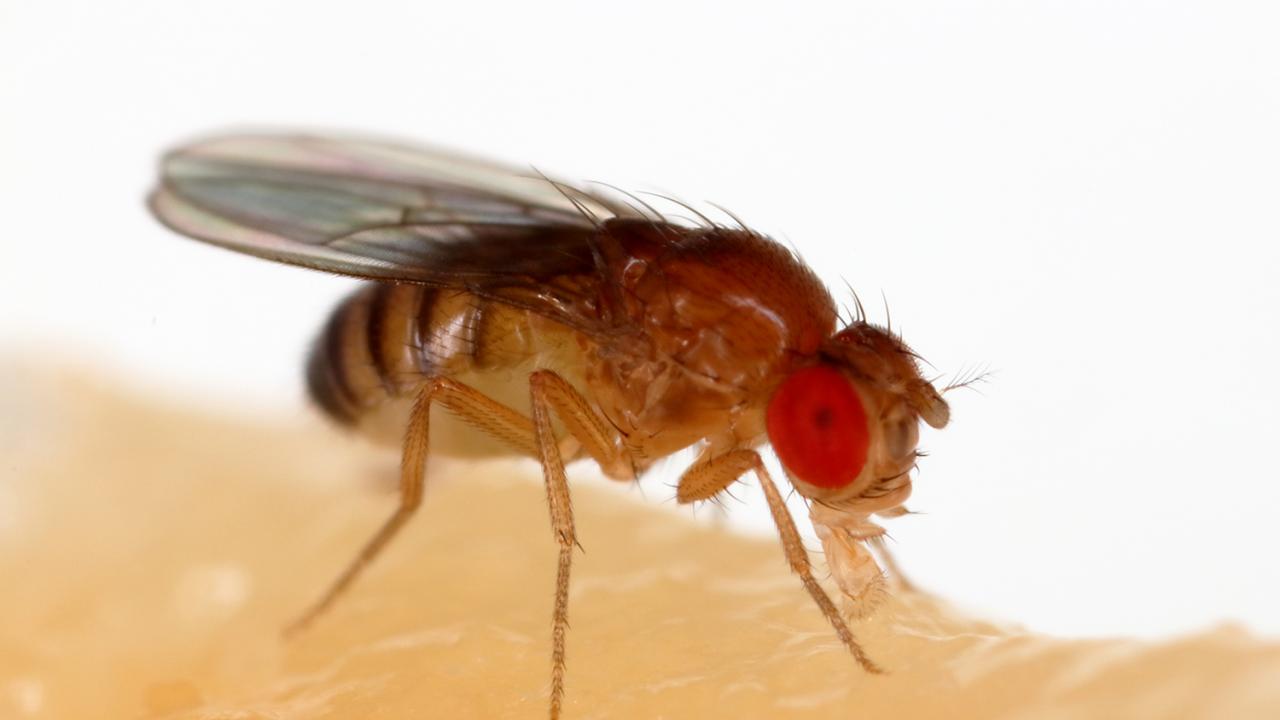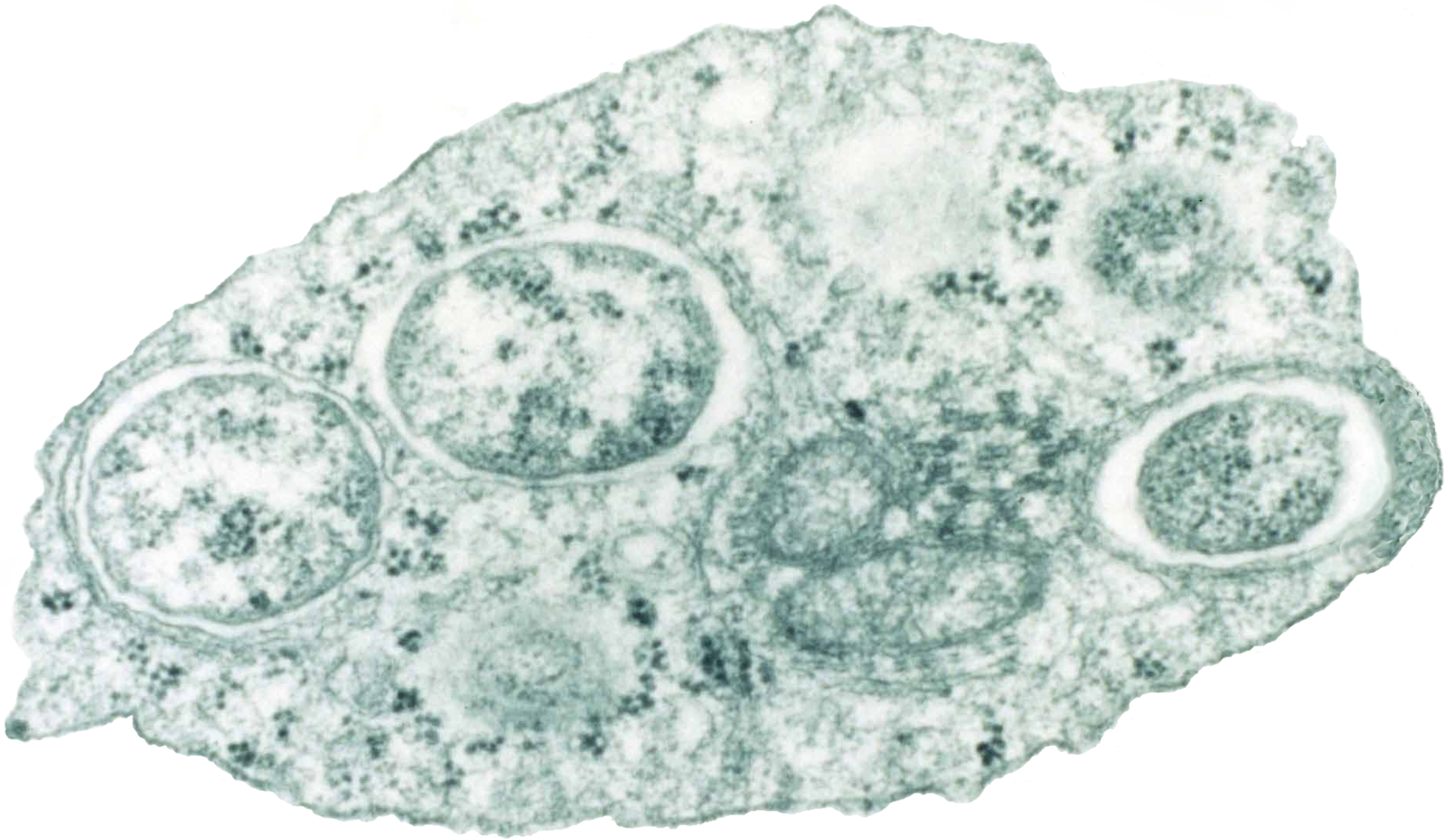
Bacteria of the Flies: Tracing the Spread of Disease-Controlling Wolbachia
Wolbachia, a bacterium commonly found in insects that has the potential to combat and control mosquito-borne diseases, is revealing its movement across host species to a team of researchers led by geneticists at UC Davis and the University of Melbourne.
In a study appearing in Current Biology, Michael Turelli, distinguished professor of genetics in the Department of Evolution and Ecology, and his colleagues traced the spread of closely related Wolbachia across Drosophila fly species. They found that while the flies evolutionarily diverged tens of millions of years ago, their Wolbachia bacteria diverged only tens of thousands of years ago.
The new research is helping scientists further understand the spread of Wolbachia infections, which may help control diseases spread by mosquitoes.
“If you move the Wolbachia from the model species Drosophila melanogaster into the mosquito Aedes aegypti, a common disease transmitter, those mosquitoes don’t transmit Dengue, Zika or Yellow fever,” said Turelli, who is also a member of the Center for Population Biology.
Jumping from species to species

Of the Drosophila melanogaster species group, which comprises some 190 fly species, eight species harbored a strain of Wolbachia similar to wRi, a bacteria variant that co-author Professor Ary Hoffmann, of the University of Melbourne, and Turelli first discovered in California populations of Drosophila simulans.
“This means that on an evolutionary timescale, somehow Wolbachia moves between closely and distantly related hosts,” said Turelli. “We think of biological species as being reproductively isolated, and yes, they are, but closely related species are often not completely isolated.”
Turelli said Wolbachia moved between fly species, like D. anomalata and D. pandora, almost certainly through fly interbreeding, but how the bacteria jumped between distantly related species, like D. simulans and D. ananassae, which cannot interbreed, remains a mystery. He suggested one plausible way the bacteria could spread is through parasitoids and mites, which can infect a range of host species and potentially transfer the bacteria between them.
“We’ve known that Wolbachia are pervasive, but no one had any idea how rapidly they were moving from host to host,” Turelli said. “Those fly species diverged on the order of 12 million years ago, yet they have essentially identical Wolbachia.”
A natural control for diseases
Wolbachia provides some benefits to its hosts. In D. melanogaster, the bacteria protects its host from naturally occurring viruses and other potentially harmful microbes.
But Wolbachia has another more significant effect. They can manipulate host reproduction through a process called cytoplasmic incompatibility. When infected females mate with either infected or uninfected males, their offspring are infected. However, when uninfected females mate with infected males, the resulting embryos often die.
In mosquitoes, cytoplasmic incompatibility leads to the death of all embryos produced when uninfected females mate with infected males. While the yellow fever mosquito, A. aegypti, doesn’t host Wolbachia naturally, Wolbachia from either Drosophila or from other mosquitoes can be introduced in the laboratory. If a virus-suppressing Wolbachia is introduced into A. aegypti, the Wolbachia-infected individuals will increase in frequency and suppress the spread of diseases like Dengue fever and Zika.
This population-transformation approach is being conducted in many countries, including Australia, Brazil and Indonesia, by the World Mosquito Program. Turelli and Hoffmann are members of the project.
In an alternative approach, only infected males are introduced into an uninfected natural population. The native uninfected females are effectively sterilized, leading to suppression of the local A. aegypti population, without pesticides. This method is being tested in Fresno County, where 20 million Wolbachia-infected mosquitoes were released last summer.
Funding for Turelli’s study of basic Wolbachia biology was provided by the National Institutes of Health.
